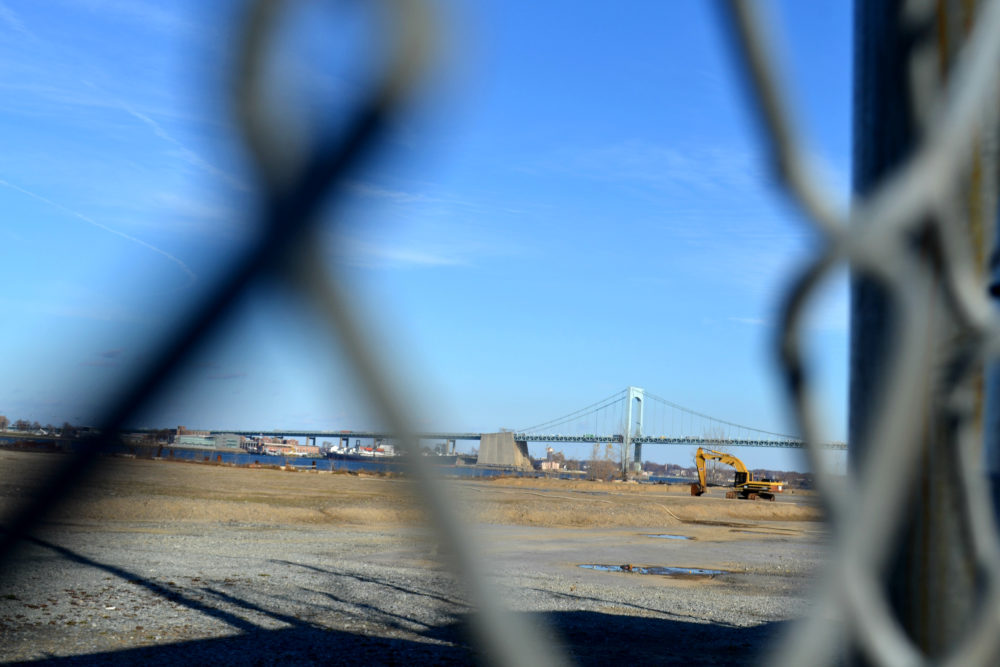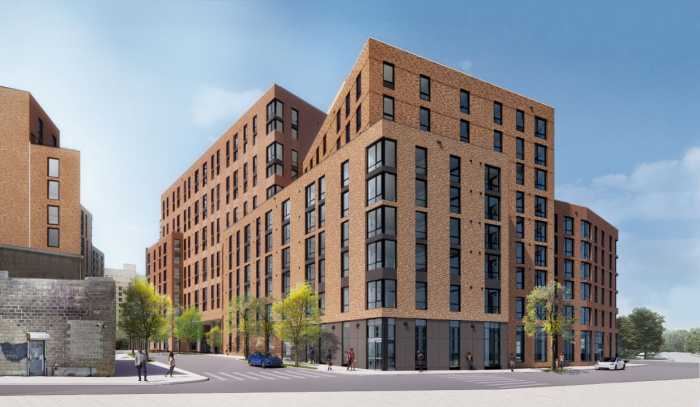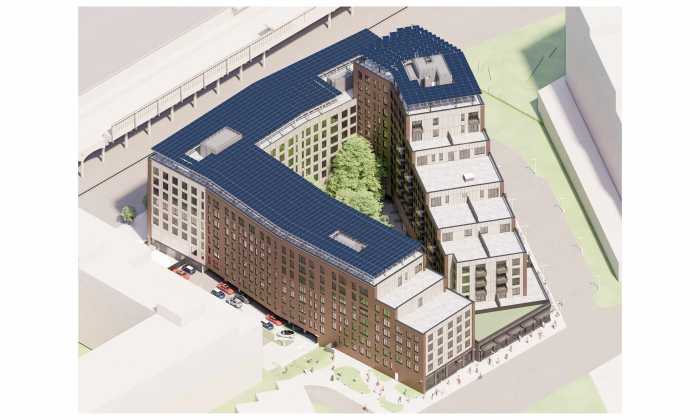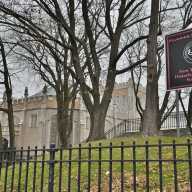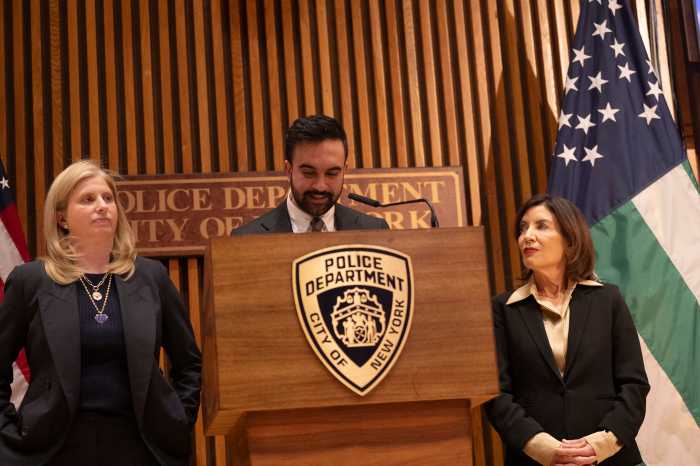Updated Dec. 20, 10:45 a.m.
Recent developments in the cleanup plans of a controversial Whitestone residential site have certain community members crying foul.
The 18-acre site at 151-45 Sixth Road called Waterpointe, which was formerly an industrial zone, has been a topic of concern in the neighborhood for over a decade. Edgestone Group LLC, the site’s current owner, is working to remediate the site — which is covered with toxic soil — under the oversight of the state’s Department of Environmental Conservation (DEC) through the voluntary Brownfield Cleanup Program.
Edgestone purchased the land in 2012 for $11 million and originally sought to build 97 two-family townhouse homes and nine additional single-family houses at the site. However, the developers changed their plans to 52 single-family homes after protests from the community.
At Community Board 7’s general meeting on Dec. 18, Environmental Committee Chairperson James Cervino outlined the board’s concerns after the state Department of Environmental Conservation’s (DEC) latest updates on the project.
In September, the state agency announced that it had modified the cleanup agreement with developers. After an inspection, DEC determined the site was slated to achieve a “Track 4″ cleanup instead of the initially agreed upon a more intensive “Track 2 residential cleanup.” The Track 4 cleanup, while normally part of commercial development projects, can be used for restricted residential use under DEC guidelines.
After the recent inspection, the DEC told board member Joe Sweeney that, “out of an abundance of caution,” it gave the developer a choice: remove a large amount of the toxic fill, as under Track 2 guidelines, or install a cover over the contamination, then top that with 2 feet of fresh soil. Developers chose the latter — which the DEC considers to be a Track 4 cleanup.
In November, Whitestone residents and state Senator Tony Avella met at the site for a press conference, claiming the community was “kept in the dark” about the developments in the project.
The site was originally purchased for $25 million in 2005 by developer Bayrock Group, who later went bankrupt after they were fined by DEC for transporting toxic soil into the already contaminated site. The Track 4 designation, Cervino said, means the developer has recontaminated the site once again.
“The question is, what happened here?” he said.
The DEC also informed Sweeney that Edgestone is slated to get its certificate of completion for the remediation work by the end of the month.
In response, Sweeney proposed involving the office of the New York State Inspector General.
“I think at this point, if they’re going to issue the certificate of completion in contrary to what the original Brownfield condition said … I should think that maybe we should ask the Inspector General of the state of New York to do an investigation on this,” Sweeney said. “They did not fulfill the requirements to the community and they did not protect the site’s conservation.”
Board 7 Chairperson Gene Kelty said Sweeney should draft a letter to request such an action.
“I know why they want to sign off on this in 2017: because [Edgestone] loses all the tax benefits from the program,” Sweeney said. “But I don’t care … There’s going to be people living here some day at this site.”
The board will send letters to state Senator Tony Avella and Assemblyman Edward Braunstein to ask them to hold up the process in Albany, Kelty said.
“[The state electeds] are the ones who should be insisting on having an instantaneous meeting,” he said. “We have to get the state people to say, ‘Look, you have to do something.'”
“I think we’ve been talking and talking while the clock has been ticking away,” board member Selma Moses said.
A DEC spokesperson confirmed that it expects to issue the certificate of completion this year.
“(DEC) communicated on several occasions with Senator Avella’s office and the Community Board regarding the remediation of this site, including changing the cleanup to Track 4 to protect public health and the environment,” the spokesperson said.
The state agency spokesperson also said that the construction of single-family homes is permissible because developers have plans to create a “single certifying entity” to oversee the entire site and ensure the mandated health controls are being followed.
“If the property is controlled by means of common ownership or a single owner/managing entity, the remedy will not prohibit single-family housing and as such the proposed 52-unit subdivision contemplated by the Special Permit is an acceptable re-use of this site,” the spokesperson added.
The cleanup track was modified after developers left imported fill at the site that does not meet residential-use soil cleanup standards.

